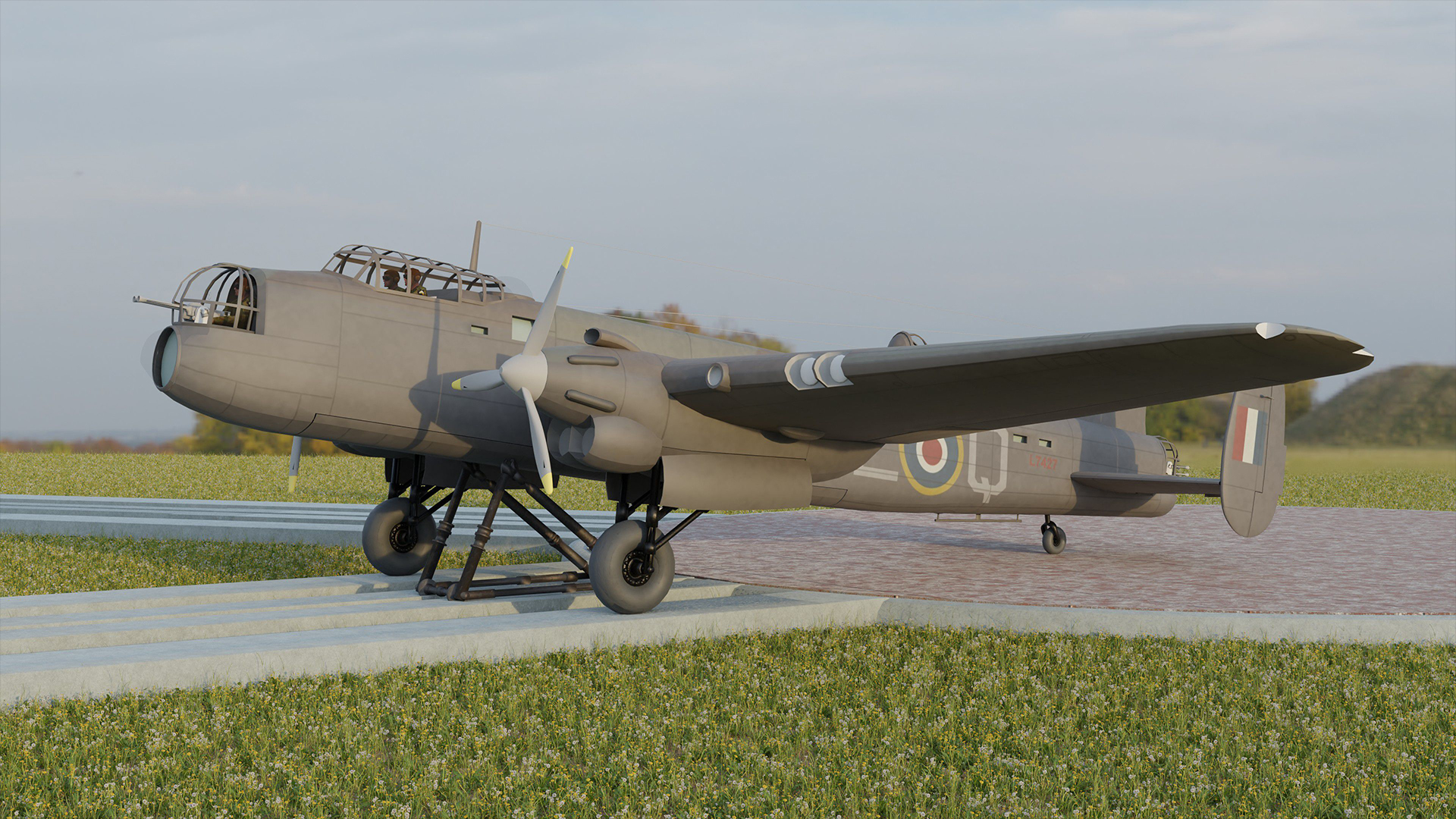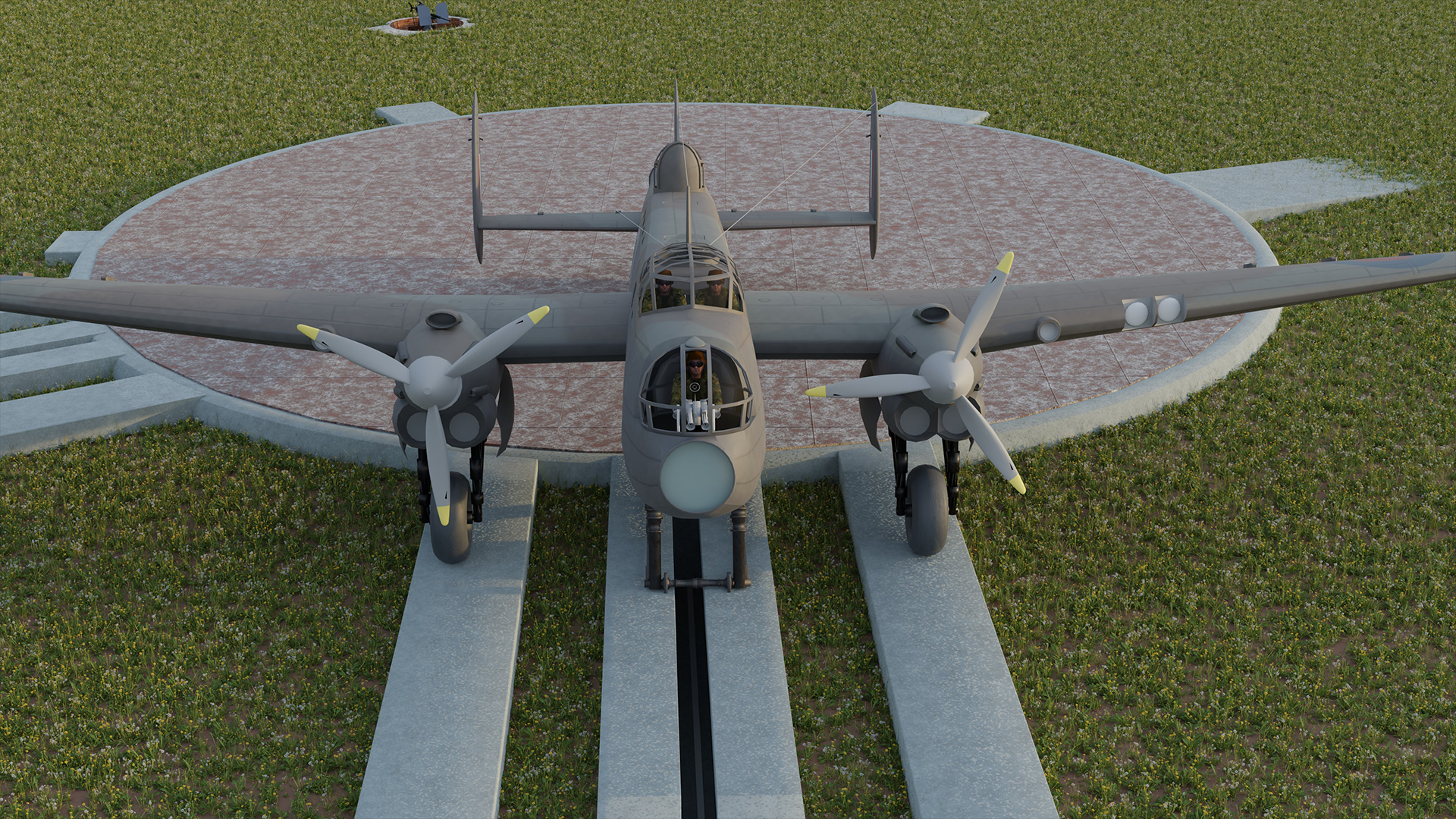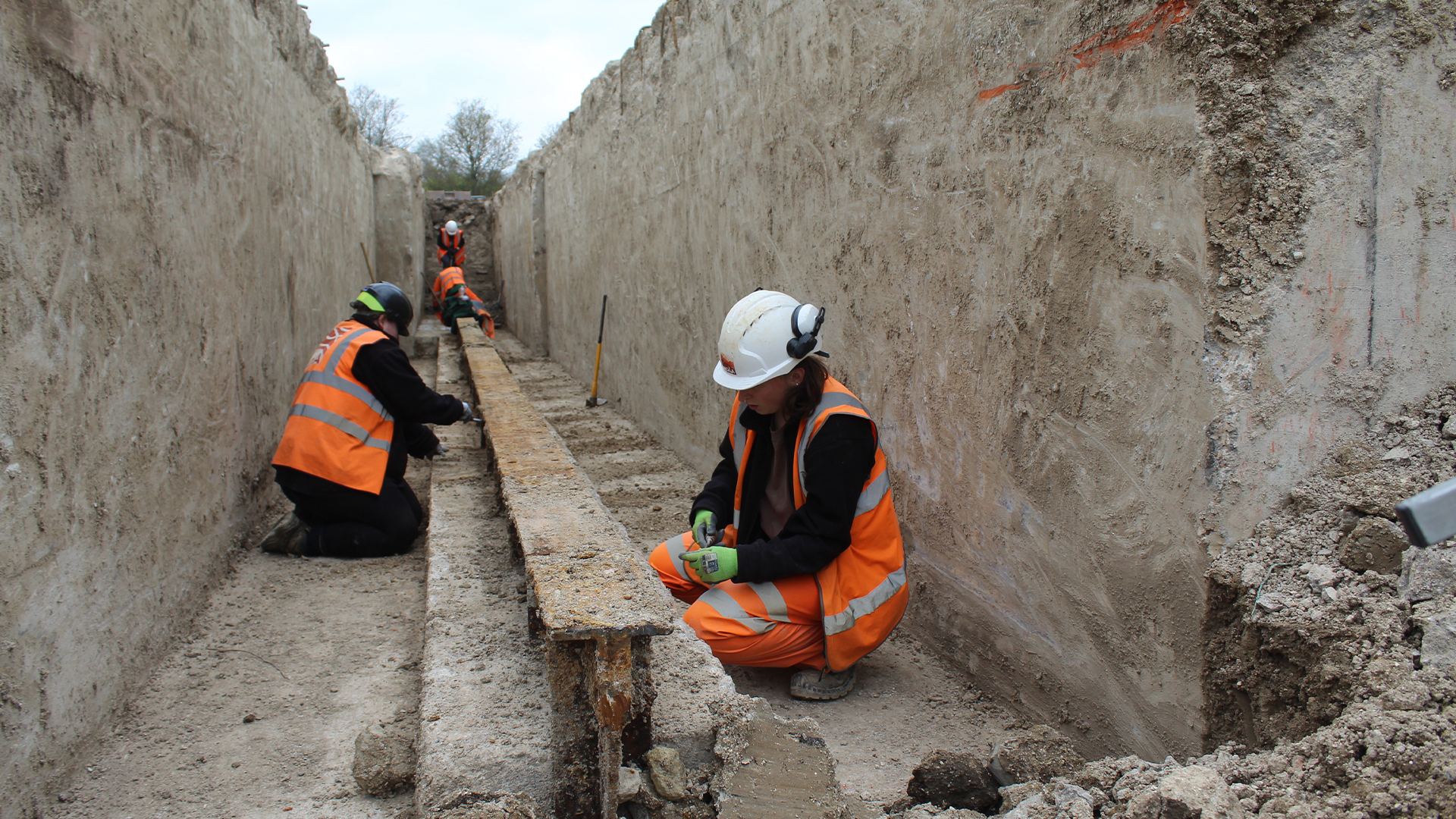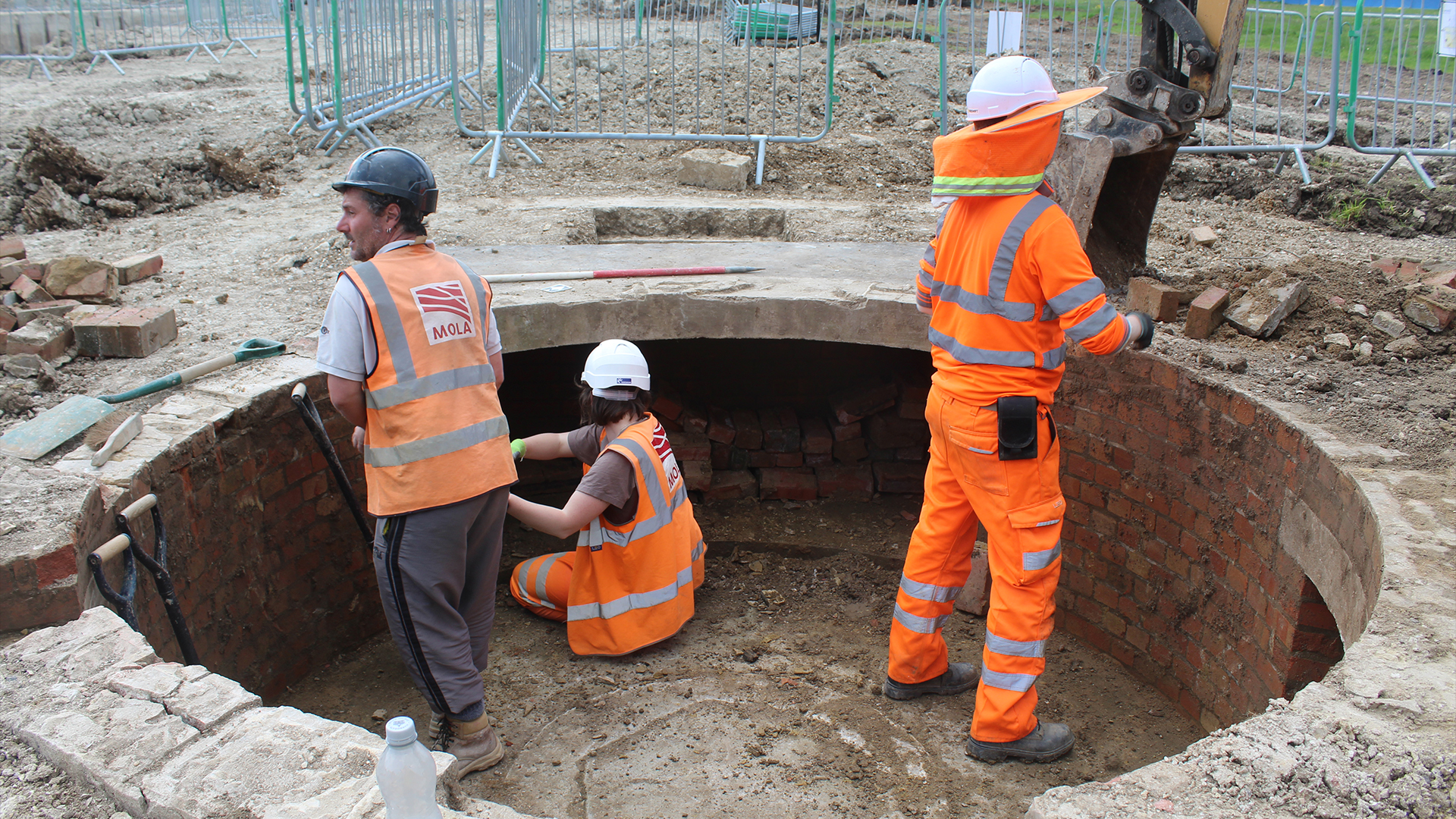Catapult designed to launch World War II bomber planes unearthed in England
The WWII catapult, designed to launch bomber planes in southeastern England, was never used.
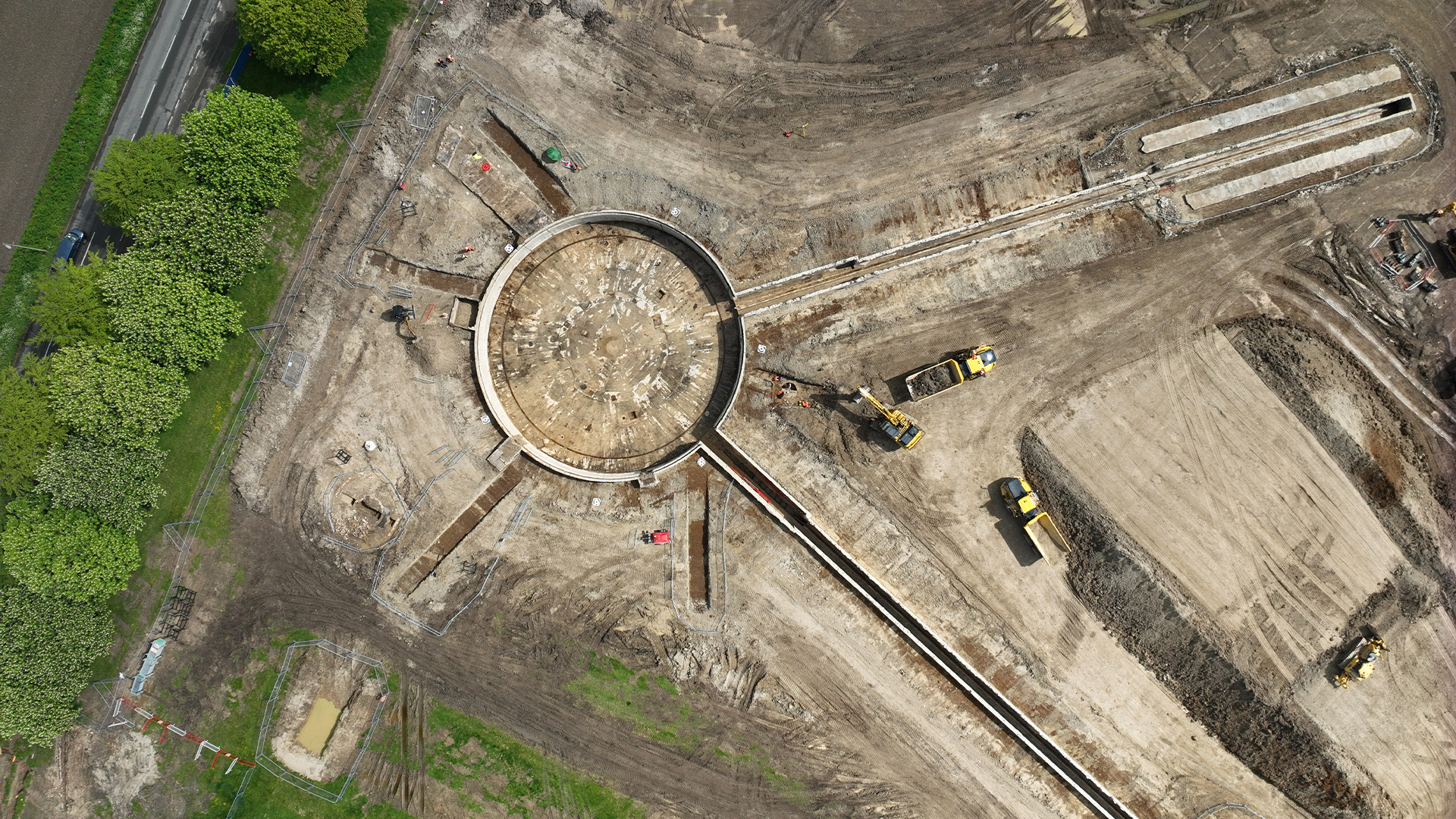
Archaeologists in England have excavated an experimental catapult designed to launch World War II bomber planes into the air.
The catapult, called the Royal Aircraft Establishment (RAE) Mark III Catapult and located in Oxfordshire in southeastern England, was engineered to save warplane fuel and create shorter runways than typical airfields, according to the Museum of London Archaeology (MOLA).
But the prototype, built between 1938 and 1940, was never used. The device was later buried, and a regular runway was built over it in 1941. However, its design helped pave the way for other catapult systems, including the 1941 catapult aircraft merchant (CAM) ship that could launch warplanes from ships, according to an Oct. 9 statement released by MOLA.
The newly excavated catapult "structure reminds us of the rapid experimentation and innovation of the interwar years and World War Two," Susan Porter, a project officer with MOLA, said in the statement. "Crucially, recording the location and appearance of every inch means that the catapult is preserved by record for future generations."
Related: 30 incredible sunken wrecks from WWI and WWII
Archaeologists excavated the catapult ahead of construction work at the Harwell Science and Innovation Campus, a collection of government, academic and industry research groups. The dig revealed the catapult's inner workings, showing that it had a large, 98-foot-wide (30 meters) circular pit topped by a turntable. This turntable aimed aircraft toward one of its two concrete track runways, which measured just 269 feet (82 m) long. In contrast, modern runways for planes under 200,000 pounds (90,718 kilograms) measure at least 6,000 feet (1,829 m) long.
A towing hook would attach the soon-to-be-launched warplanes to an underground pneumatic ram. Then, 12 Rolls-Royce Kestrel aeroengines, located under the turntable, would compress air to drive the ram. "This high-pressured air was then forced into the pneumatic ram, which rapidly expanded to the length of the guided track — literally catapulting the large bomber planes into the sky," according to the statement.
Get the world’s most fascinating discoveries delivered straight to your inbox.
However, the prototype never worked properly, in part because it didn't fit the bomber planes it was meant to launch. After the catapult was abandoned and the war ended, the pit was used to store radioactive waste. The radioactive waste has since been removed, but the catapult remained buried until the current excavations.
Other excavations at the site revealed another nearby runway, including runway lights, and a previously unknown gun emplacement that was meant to defend the runway from attack, according to the statement.
The researchers used hundreds of photos and thousands of measurements of the catapult to create a 3D digital model of the system, which can be viewed online.

Laura is the managing editor at Live Science. She also runs the archaeology section and the Life's Little Mysteries series. Her work has appeared in The New York Times, Scholastic, Popular Science and Spectrum, a site on autism research. She has won multiple awards from the Society of Professional Journalists and the Washington Newspaper Publishers Association for her reporting at a weekly newspaper near Seattle. Laura holds a bachelor's degree in English literature and psychology from Washington University in St. Louis and a master's degree in science writing from NYU.


